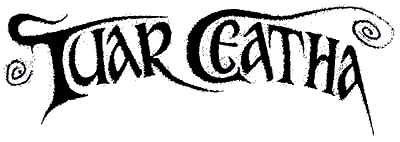

Natural Water Treatment
What is it?
A simple, ecologically-balanced method of treating waste water, ideally suited to the Irish climate which could cut the costs of sewage treatment and prevent the serious environmental threat to the wetlands habitats of this country. It is a highly effective sewage and effluent treatment process, that accounts for up to one third of water treatment in the US, as well as being widely used in Sweden, Austria, Germany and Holland.
How does it work?
Waste is passed, using either pumps or gravity, into beds of reeds planted on soil or gravel. Aquatic plants can be specially selected to produce high levels of oxygen from their roots which keeps the water and sewage moving, to provide an ideal habitat for bacteria which break down waste and pollutants. Specific types of plants can also break down chemical pollutants or reduce algae that would otherwise reduce the water quality.
Water can be filtered through a series of beds, or through alternating beds and ponds. This second method takes several months to treat the waste and has the advantages of being able to deal with a sudden increase in demand, keeps the effluent distribution even, and because more stages are involved, a higher water purity and lower nutrient level is achieved. As the water improves through the series of beds and ponds, so does the quantity of flora and fauna, thus aiding the cleaning process further and demonstrating the return to ecological balance at the end of the system.
Advantages over conventional water treatment systems:
1. It is a cheaper way to treat municipal and agricultural waste.
2. Because of low costs and maintenance (the pond lining is expensive, but is necessary to prevent leakage or untreated water) it is ideal for those who have to pay for their own sewage treatment e.g. farmers, self-sufficient communities.
3. It is a natural process, doesn't involve machinery and is a lot nicer to look at than conventional waste treatment!
4. It can relieve the serious problem here in Ireland of 83% of its sewage going into our estuaries and seas.
5. It's better for wildlife, providing an ideal environment for many types of plants, insects, birdlife etc.
6. There are many useful by-products e.g. reeds for thatching, watercress, waterfowl, aquatic plants for composting, and it can be used to help irrigation of food crops and pasture. There is even the possibility of using agricultural waste for the collection of methane to convert into energy.Although further research is needed concerning heavy metals and other dangerous elements, and potential bio-accumulation, there are many privately operated "constructed wetland systems" already functioning successfully in Ireland. At a conference held by East Cork Harbour Environmental Association some local authorities expressed an interest - for the sake of their pockets, and to help save our beautiful wetlands, let's hope they take further action!
|
Home | Articles | Starsigns | Contacts | Recycling | Links | E-mail |
||||||